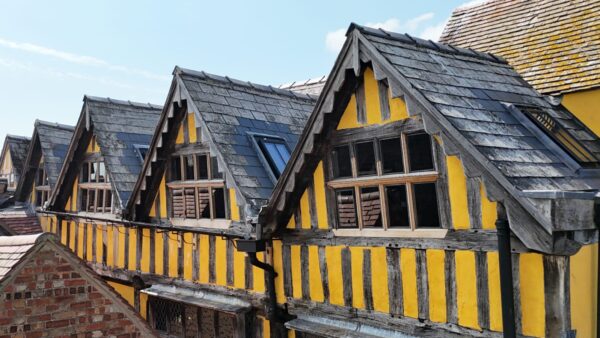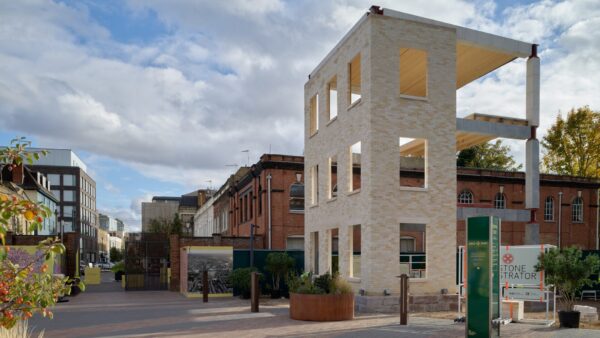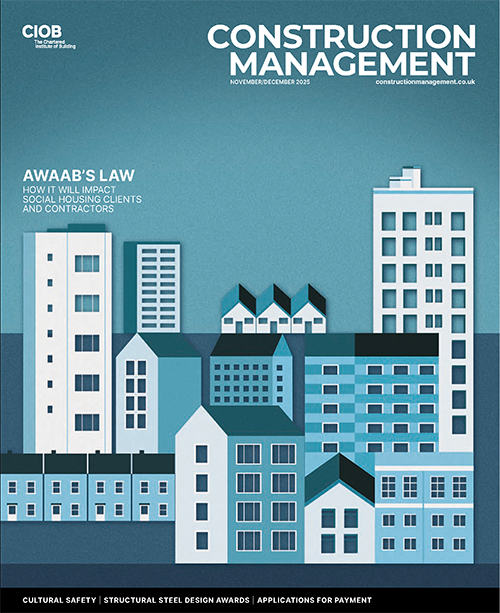New guidance published by the government to establish the height of a higher-risk building is “unhelpful”, a construction lawyer told CM.
The Health and Safety Executive (HSE) last week (27 March) published guidance to assist the industry with applications to the Building Safety Regulator for Building Control approval for work on higher-risk buildings (HRBs).
Under the ‘building height’ section, the guidance says: “Do not measure the roof unless there is, or will be, a residential unit on it.” Applications must include the height that a building will be after the proposed work is completed.
The new guidance appears to contradict a first-tier tribunal decision, which last July ruled that a roof terrace in a residential property in East London qualified as a seventh storey, making it a higher-risk building under the Building Safety Act.
“[The guidance in the article] is unhelpful because it doesn’t take into account the effect of the Smoke House decision, and instead continues to provide guidance that is at odds with the legislation,” Simon Lewis, partner at the construction and engineering team at international law firm Womble Bond Dickinson, told CM.
Contradiction of statutory provisions
The first-tier tribunal’s decision in Smoke House & Curing House said government guidance published in June 2023 on what constitutes a ‘storey’ added information, but also contradicted the statutory provisions on whether an area must be enclosed to be a storey.
The first-tier tribunal’s decision said: “The [government guidance published on 21 June 2023] appears to do what the [Higher-Risk Buildings (Descriptions and Supplementary Provisions) Regulations 2023] do not, that is to define ‘storey’ where it provides; ‘A storey must be fully enclosed to be considered a storey. The roof of a building should not be counted as a storey. Open rooftops such as rooftop gardens are not considered storeys and should not be counted as such when determining the number of storeys or measuring the height’.”
The ruling added: “The [Building Safety] Act provided that the regulations could define ‘storey’, the regulations do not contain that definition but the guidance purports to provide such a definition.
“The regulations appear to provide that a rooftop can be a storey save for the one exception where that storey has plant/machinery, however, the guidance appears to say that there are other exceptions.”
October 2024 update
Following the confusion arising from this contradiction, the government published a note in October 2024 asking construction and regulatory bodies to continue using its official advice to determine whether a building is higher risk.
The note on Gov.uk said: “The Ministry of Housing, Communities and Local Government and the Building Safety Regulator are currently considering the views expressed by the Tribunal in the recent First Tier Tribunal decision that roof gardens should be classified as a storey when determining whether a building meets the height and storey criteria under the Higher-Risk Buildings (Descriptions and Supplementary Provisions) Regulations 2023.
“It is important to note the Tribunal itself acknowledged it was not within its jurisdiction to formally determine whether the building being considered was a higher-risk building. Until stated otherwise, the sector and regulatory bodies should continue to refer to existing government guidance.”
The HSE was approached for comment.
Comments
Comments are closed.












Clarification may be simple as:
1. Green roof unused facilties on roof follow ground level GL to upper occupied storey.
2. Gardens and terraces with residents access GL to roof terrace FFL finish floor level
This would be suitable clarification for HRB classification heights.